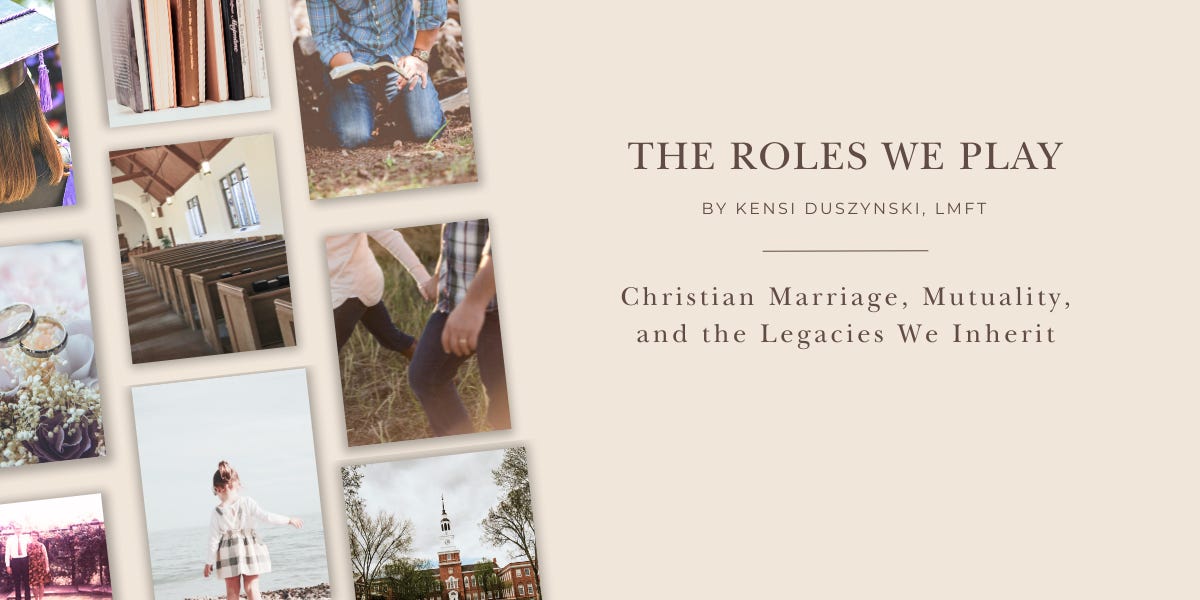In November of 2020, Evan and I purchased a condo to renovate and make our own. By then, we were three years into living in a men’s dorm. We’d agreed upon a reevaluation date of the RD position after year three—but neither of us anticipated arriving upon that date in the middle of a global pandemic.
The students needed continuity. Evan needed to finish his doctorate. I needed a change of scenery. A place to call my own.
So what did we do? We bought a condo. And stayed in the dorm another two years. It was a win-win-win, giving us time to disassemble the condo and renovate it from the floor up, ceiling down, and walls in. It was a chance to build for our future while enduring the chaos that defined our present.
The first thing we did was remove the carpet and underlayment, cutting it up and rolling it out in smaller sections for ease. Next, we took out all the cabinets, mirrors, appliances, and light fixtures, selling what we could and donating the rest. Evan and I took turns chiseling out and prying off baseboards around the perimeter of every room. Piece by piece, we broke up tile and tore out the vinyl floor. We stripped the kitchen down to the studs so that Evan, his dad, and his handy boss could work on drywall, electric, and plumbing. For the last step of deconstruction, I moved from room to room, coaxing out broken baseboard nails and picking out carpet staples to have as smooth a surface as possible atop which to lay better flooring.
When our family members and coworkers weren’t there helping in various ways, I listened to audiobook after audiobook to occupy my mind: John Gottman’s Seven Principles for Making Marriage Work plus two others by him and his couple therapist wife; Terry Real’s Fierce Intimacy; Harriet Lerner’s The Dance of Intimacy; Winifred Reilly’s It Takes One to Tango; Frank Schaeffer’s Sex, Mom, and God; and Sheila Wray Gregoire’s The Great Sex Rescue—again.
It was a pet project within a pet project, renovating while thinking about the marriage dynamics I couldn’t unsee after working with so many couples. The surrender of personal agency some wives mistook for “biblical submission.” The blasé decision-making, void of care, that some husbands mistook for “leading” their wives and families. The resentment-filled concessions some couples called “dying to self.” Christian concepts in principle, yet principally not Christian in practice.
Prior to our condo purchase, I’d been gathering pieces of the mental puzzle I was constructing on what actually makes a healthy Christian marriage in our society. I’d come to believe that mutuality was the best model for marriage when I was in seminary, based on what I’d learned in Couples Counseling and Christian Doctrine. To me, mutuality best honored the imago Dei in every person and the “submit yourself to one another in love” mandate.
Relationship science also regarded mutuality, based in equality, as the best model for intimate relationships. Marriages where couples interacted in mutually loving and respectful ways, accept one another’s influence, and make decisions for the good of their relationship, not just themselves, tended not only to report the most relationship satisfaction, but also tended to live longer, healthier, happier lives.1
I saw the whole of Scripture and modern social science beginning to align to reveal a core truth about how human beings, marriages, and families flourish in relationship. I believed in the fundamentals of the Christian faith, but I’d never been a fundamentalist. I attended a Christian liberal arts university, where subjects of study like science and history are valued, not evaded, and where the Christian leaders and educators believed, as St. Augustine did, that “all truth is God’s truth.”
Though what fascinated me, given my commitments to marriage equality and evidence-based principles, was how many Christians commended my public speaking, teaching, and podcasting for how biblically sound they perceived it to be. This, from couples of all ages, denominations, and doctrinal backgrounds. I was trusted in public and in private—a core component of my work and relationships that I don’t take lightly—and as a result, relationships were growing because the couples themselves were open enough to transform their own homes and relational spaces. They were allowing the Lord to transform their hearts and the Spirit to renew their minds—according to evidence-based principles. They were moving closer to all truth.
And so, I’d become slightly obsessed not only with better understanding relational truths, but also with seeking to understand why certain religiously-malformed relational patterns were so pervasive and recurrent.
And while theology, psychology, and relationship research had helped put most of the pieces in place in my brain, it wasn’t until 2020 that I understood history as the pesky missing piece to my Christian marriage puzzle.
[The rest of this chapter is reader-supported. Upgrade to access full memoir chapters, comment on posts, and help support this project. If you want to start from the beginning, chapter one is linked here. Thanks for reading!]




